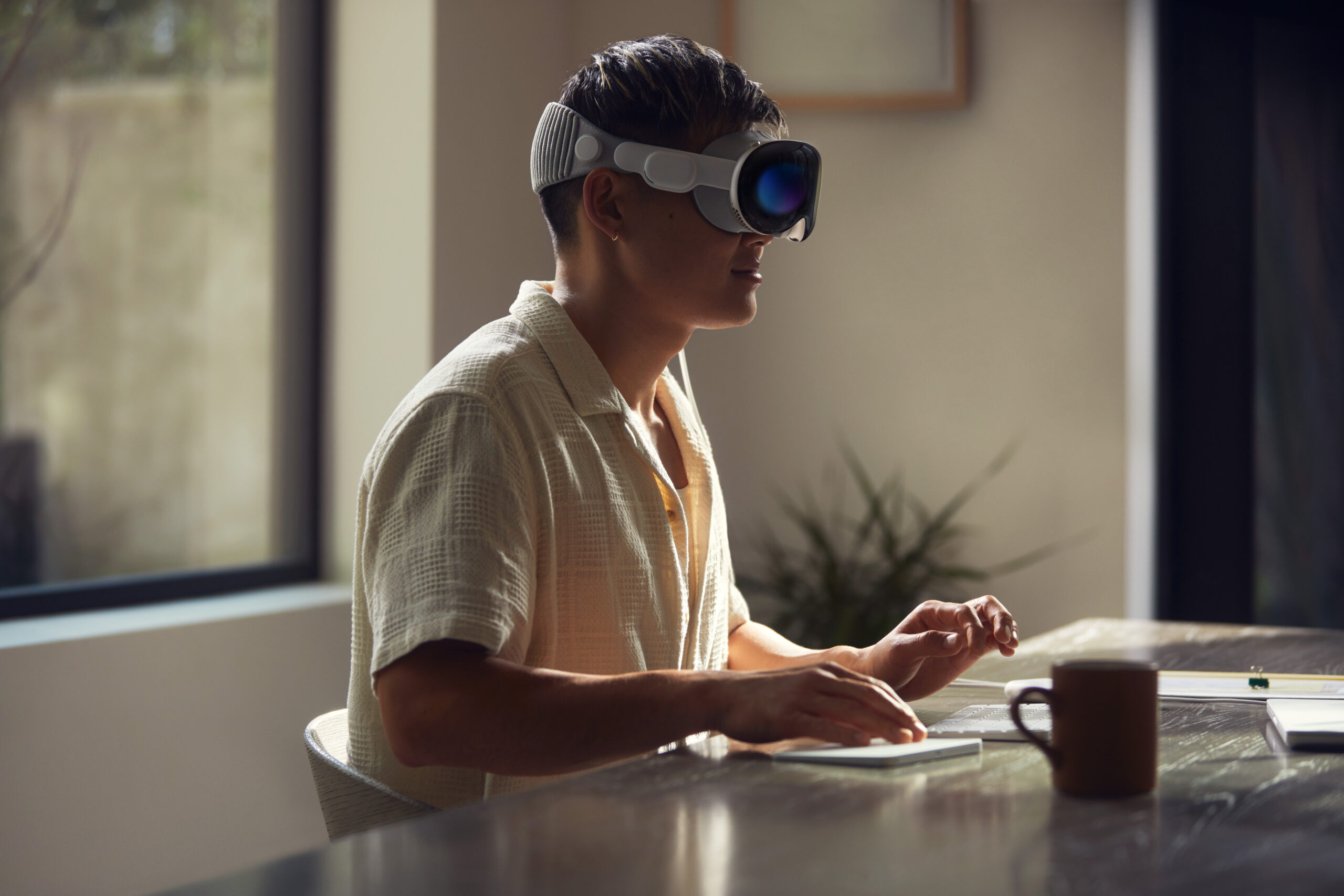Apple’s Vision Pro and Archaeology
Let me start by telling you, that I am no Apple fan. I think it is overpriced and many applications I use can only be used inside a virtual machine, which simply doesn’t make sense to me. But one has to acknowledge, that Apple has made some major innovations. Although this hasn’t been the case for the longest time, Apple still was great at making technology “sexy”. This year, it seems VR will finally get its turn. We will see how the Vision Pro and Archaeology come together.
Apple’s Vision Pro

So a while ago, Apple did announce that they are working on a headset comparable to Meta Quest and other brands. Everyone was excited, because Apple is known to be innovative and everyone wanted to see what the folks in Cupertino do with VR. A couple of days ago, first unpacking videos and first reviews were available and it does look pretty amazing. At first.
After watching a couple of these, I also have to admit that it is not the reinvention of the wheel. Sure, everything is neatly designed and integrates perfectly into the Apple Eco System, but besides that, it kind of does what everyone else is doing, just prettier. You have these things called personas, which are impressive and use the headset as a quick structure-from-motion scanner for your face. I think when using Apple products, conference calls will be much different in the future.
The Vision Pro and Archaeology
So the Vision Pro is a stand-alone device that comes with a portable battery. In theory, you could use the device and walk around with it. You could use it on an excavation even, but I don’t think this will happen soon. Working in an office, the Vision Pro could be used for conference calls, writing and researching your papers in VR, or giving virtual presentations. But one thing that kind of caught my eyes was something different.
In one of the presentations, you can also see the ability of the VR headset to project 3D models into the room you are standing in. In the video I saw, it was a life-sized race car standing in an office room. This would definitely be something I would use: Observing and analysing 3D models in VR with the headset. Sure, this can be done also with other headsets, but I think Apple will (for better or worse) make this more usable and responsive than other companies. Archaeology is already doing a lot with VR, but it seems to never have taken off really.
The true value of the Vision Pro
This all is nice and true, but I actually see another value in the product launch. I don’t think that the Vision Pro will revolutionise how we work (in Archaeology or outside) and I still don’t know if I would even buy one. But I think the true value of the Vision Pro lies somewhere else. Apple makes products acceptable in the public. Before the AirPods, wireless headphones were available, but never really used. Before the Apple Watch, smartwatches were also a thing, but not mainstream. I think what the Vision Pro can accomplish will be a wider acceptance of VR headsets in the public.
This can indeed be beneficial for museums. If wearing these things really get accepted, more headsets will come. They will get smaller and better and like AirPods or the Apple Watch, people will walk around with some form of VR/AR headset, be it from Apple or someone else. I kind if dread that vision for the future, but I can’t change it really.
One major problem for utilising VR or AR in museums is that these institutions have to provide the hardware and these are more or less bound locally. If museum visitors come with their own hardware, visiting museums in the future will dramatically change. This, I am very sure of. Once the VR train is rolling (started by Apple), the possibilities will skyrocket. How this will look like is another question, but I definitely think VR/AR use will change in the next couple of years.







